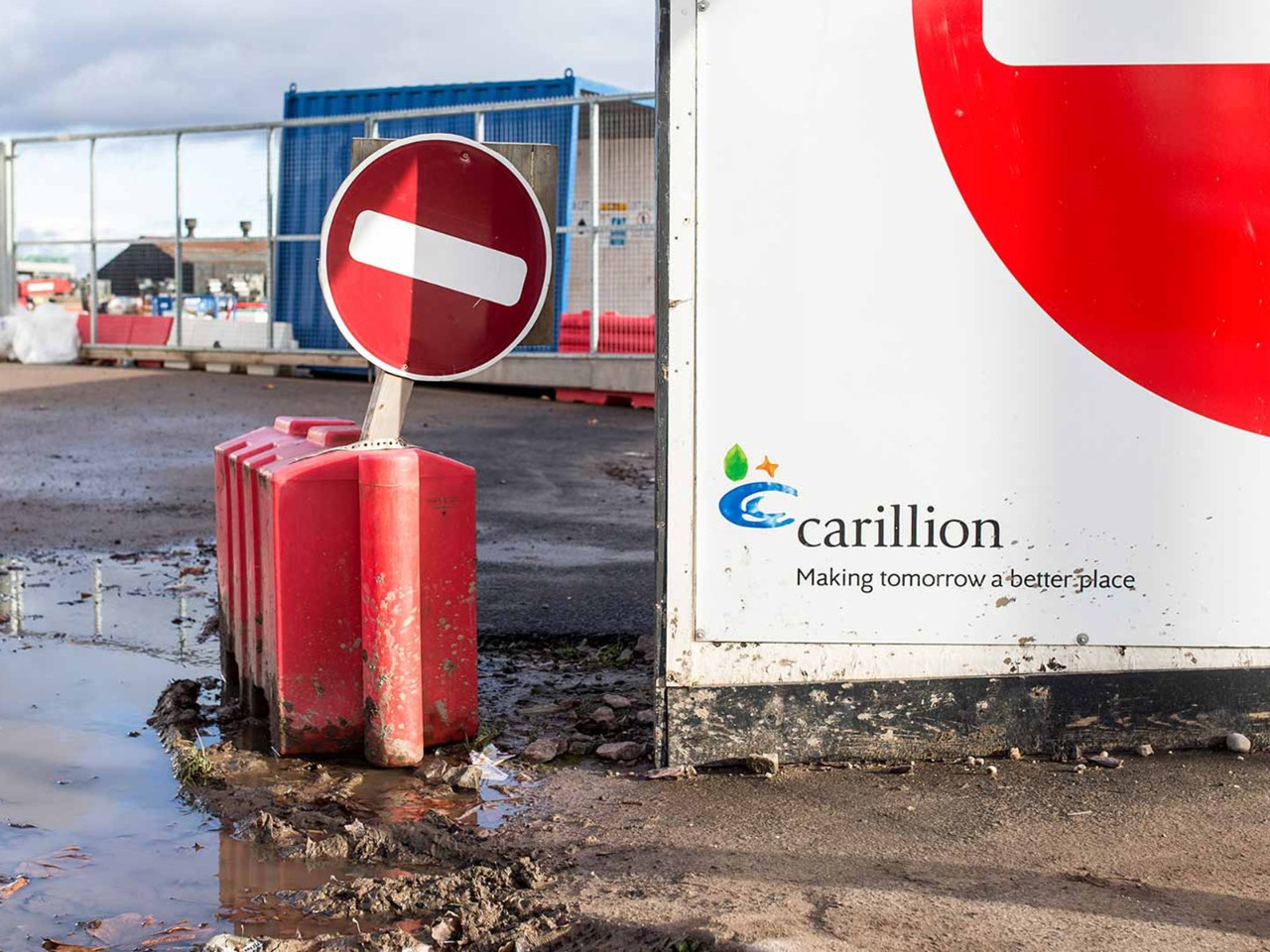
The pandemic had a significant impact on the the merger and acquisition (M&A) market, causing deal value and volume to contract rapidly. But as the global economy recovers and confidence returns to the boardroom, M&A activity has sprung back into life, with deal value exceeding US$1 trillion in every quarter in 2021 for the first time in history.
Activity in the UK market is also expected to surge this year as companies seize opportunities for scale and growth, driven by low interest rates, easy access to capital, coupled with a likely uptick in distressed deals.
From a buyer’s perspective, current circumstances lend themselves to fraud as regulatory non-compliance and financial misstatement go unnoticed. So there is a need now more than ever for rigorous forensic scrutiny to be applied across the entire due diligence process, both before and after the transaction has been completed.
It seems inevitable that we will see a rise in M&A-related fraud and chicanery
A case in point
In 2011 Hewlett-Packard acquired British software company Autonomy for £8bn. A year after the acquisition, HP wrote down US$8.8bn in relation to the purchase, alleging ‘accounting improprieties, misrepresentations and disclosure failures’ to inflate the company’s apparent value by more than US$5bn.
According to court documents, HP carried out just six hours of due diligence on Autonomy’s finance before the acquisition.
Deploying forensic scrutiny
The following forensic due diligence conducted at the earliest possible stage can help provide the best protection in identifying potential tripwires:
- Enhanced due diligence and intelligence: As part of an M&A transaction, most buyers work to understand past financials and revenue projections, veracity of the customer and order book, potential obligations, problematic contracts, proprietorship of assets, disclosure of regulatory risk and potential conflicts of interest, among other things. Background research should therefore extend further than standard search engines to make use of specialist data repositories, as well as gathering on-the-ground intelligence. It is not sufficient to accept information at face value – facts and assertions must be cross-checked to detect inconsistencies and omissions.
- Forensic scrutiny of the financials: Applying investigative probing to uncover potential issues over the integrity of financial information requires the skills of forensic accountants who are trained to look beyond the numbers. Examples of financial trickery may include the artificial inflation of revenues, overstatement of assets, understated or concealed liabilities, and manipulating the timing of income or expenditure to present a healthier-looking bottom line.
- Post-acquisition reviews and health checks: Once the deal has closed, the new owners will have access to significantly more information than was available pre-acquisition. At this point, it is advisable to perform a deeper dive into the health of the company, assess the strength of internal controls and ethical culture, probe transaction-level data to identify accounting anomalies, and document irregularities, red flags and/or material misrepresentations. An early determination of any significant mismatch between pre- and post-acquisition information will enable the purchaser to minimise the resulting damage.
In these distressed economic times, some players will resort to deceptive behaviour. It seems inevitable that we will see a rise in M&A-related fraud and chicanery. If ever there was a time to tread with caution, it is now. Prevention is by far the better course to follow, rather than look for a cure after the event.





